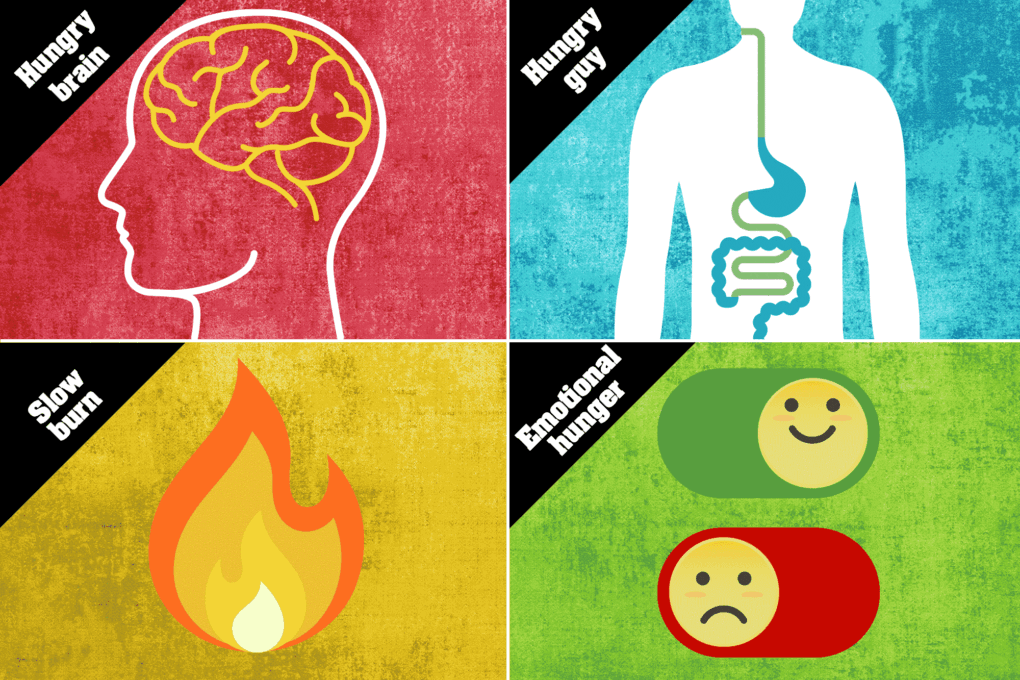$349 DNA test to show why you’re gaining weight and if Ozempic works hits the market

When Christy Barbaran ended up in the emergency room two days after taking the weight loss medication Mounjaro, she was determined to find a medicine that worked for her.
At the time, the 43-year-old mom of three who works in marketing and lives in Crofton, Maryland, was 200 pounds, with a goal weight of 160.
“I was very frustrated and I wanted to know why I had this side effect,” Barbaran told The Post.
In May, she took a new type of genetic test to determine the genetic root cause of her weight gain.
The $349 at-home tests from California-based company Phenomix use a saliva swab DNA test and matches patients to weight loss treatments and medications based on their genetic profile.

Phenomix’s tests divide the causes of weight gain into four categories:
- Hungry Brain; a person who consumes too many calories without feeling full;
- Hungry Gut, individuals who consume food until satiated by are hungry again shortly after;
- Emotional Hunger, those who eat to cope with emotional distress as opposed to physiological hunger;
- Slow Burn, individuals with slow metabolisms that have challenges burning calories effectively.
Tests for two of the categories became available this year: Hungry Brain test became available to select doctors and patients last month, after the launch of the Hungry Gut test in March.
Emotional Hunger and Slow Burn tests are slated for the end of the year and early 2024.

“Our research shows that phenotyping is the most effective way to treat patients and get to the root cause of their obesity,” Dr. Andres Acosta, an assistant professor of medicine at Mayo Clinic, who partnered with Phenomix told The Post.
“Providers can use Phenomix’s Hungry Brain and Hungry Gut tests to build a personalized treatment plan that’s tailored to each patient’s needs, but this is just the beginning.”
In addition to DNA from the saliva swab, the tests use biomarkers including Body Mass Index, weight, blood pressure, waist circumference and other criteria from patients to determine the genetic factors driving obesity. Patients mail in their swab samples and get treatment results in around 10 days.
Treatment for a positive Hungry Brain test, can include an endoscope sleeve gastroplasty, or calorie-restricted diets and appetite suppressant medications (like phentermine-topiramate).

Treatment for Hungry Gut could include a GLP-1 based weight loss drug like Ozempic; and Emotional Hunger can include cognitive therapy, while Slow Burn treatment could involve treatment with physical activity.
Barbaran tested positive for the Hungry Brain test. “If you have Hungry Brain, you have a slower gastric emptying,” she told The Post.
Her test results suggested following a diet of nutrient-rich, low-calorie foods like fruits, vegetables, whole grains and low-fat dairy. She was also recommended a drug that suppresses appetite used in tandem with diet and exercise called Qsymia.
Liv Williamsen, chief operating officer at Phenomix, told The Post the average BMI for patients taking the MyPhenome is 38.

“If people can understand what is going to be the best intervention for them sooner, it eliminates the trial and error, which ultimately is so much better for your overall disease state,” Williamsen said.
Since June, 315 physicians and physician groups are currently in contact with Phenomix about ordering the tests, and 39 have already placed orders, the company confirmed to The Post.
“Obesity affects so many more health conditions. If you can mitigate some of those health risks you’re saving yourself a lot of time and money, and making yourself healthier sooner,” Williamsen said.
Barbaran said she’s had success just by following the recommended diet and went off the drug after three weeks.

“I was able to understand the biology more – this isn’t a matter of you not running enough, or not being healthy, this is coming down to genetics and what your body makeup is. People can be on the same exact diet have total different results,” Barbaran said.
“I follow a lower calorie count filled with salads and vegetables and try to be active for at least 30 minutes a day. I’ve lost about 15 pounds in two months.
“Weight loss clinics were encouraging me to try these GLP-1 drugs like Mounjaro and Ozempic – if I hadn’t taken this test, I probably would have ended up in the hospital again,” Barbaran said.















